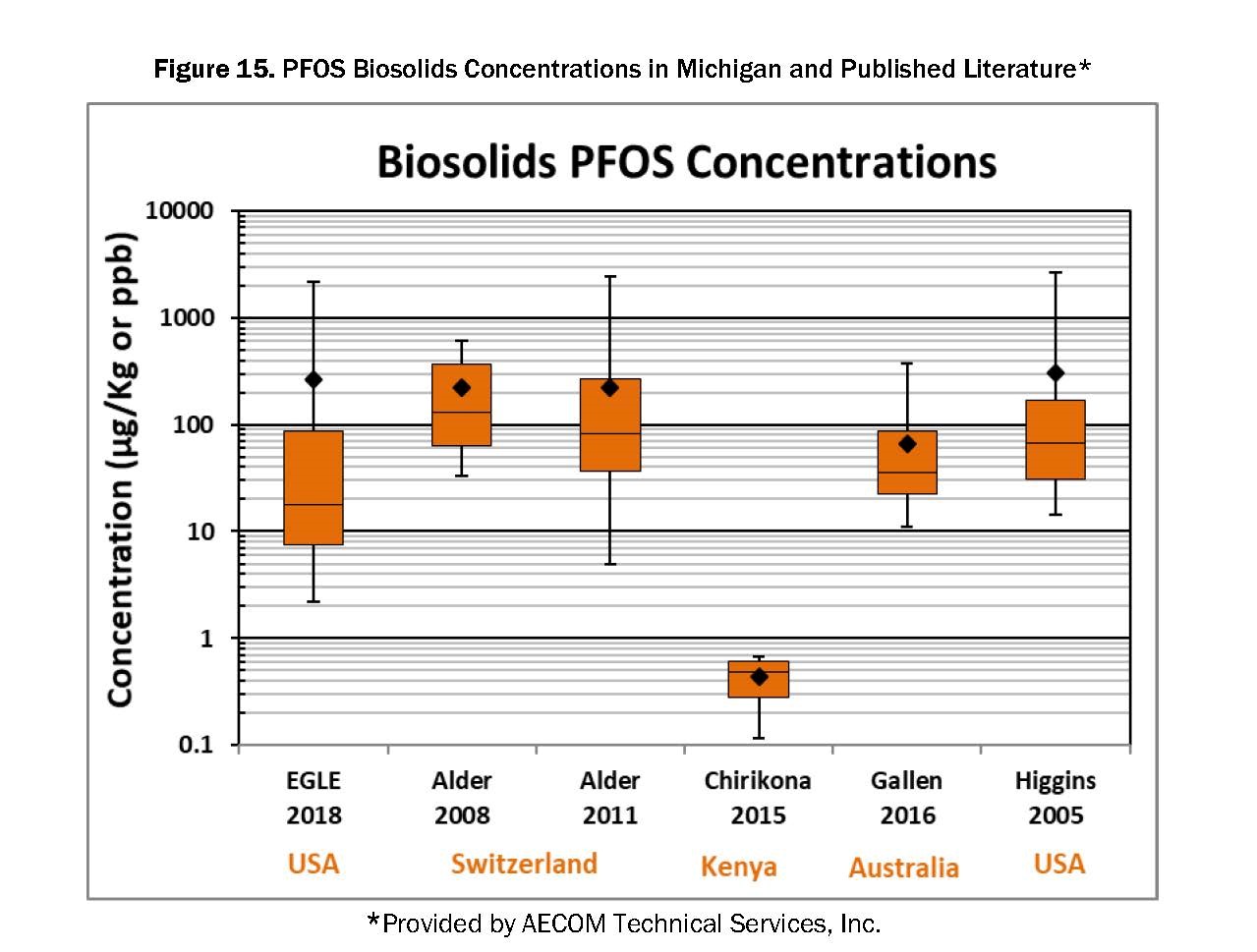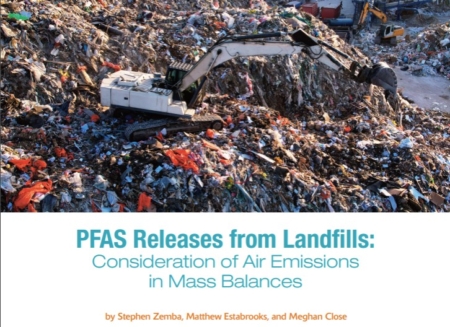EPA Publishes Research on PFAS Destructive Method
In 2021, EPA commissioned a research study to assess a method to destroy PFAS using a technique called Supercritical Water Oxidation (SCWO). SCWO is a process that results in supercritical water (temperatures above 374°C and pressure above 22.1 MPa) which results in breaking of the strong carbon-fluorine bonds that are the foundation of the PFAS chemical structure. EPA Researchers Explore Technology to Destroy PFAS provides a summary of the research completed to date, the results, and planned next steps. Three separate trials were evaluated and showed similar results of greater than 99% destruction of PFAS in AFFF (aqueous film-forming foam, used for fire-fighting). Future work will research this method’s viability on other media containing PFAS including groundwater and wastewater. Details are provided in the case summary report Supercritical Water Oxidation as an Innovative Technology for PFAS Destruction. Costs of SCWO are not discussed.
Maine Embarks on Ambitious PFAS Sampling and Research Initiatives
The Maine DEP initiated several PFAS sampling and research programs in late 2021 across the State with a focus on PFAS presence in beneficial re-use applications of amendments to agricultural fields, PFAS presence in landfill leachate, and PFAS concentrations in soil that represent anthropogenic background. Starting in November 2021, the DEP embarked on sampling at locations where paper mill sludge and WWTP biosolids/sludge have been beneficially applied to agricultural fields across the State. As summarized in What is Maine Doing About PFAS?, Tier I locations will be sampled between November 2021 and the end of 2023. These locations comprise fields that have (1) received 10,000 tons or more of beneficial reuse solids, (2) private homes located within ½ mile, and (3) accepted solids from facilities in which PFAS is a known contaminant.
In addition, DEP sent a Letter to Solid Waste Facilities requiring landfills to sample leachate for PFAS during five separate events between fall 2021 and fall 2023. DEP will report the results to the legislature in 2024.
Finally, DEP also initiated a state-wide soil sampling program to evaluate anthropogenic background for PFAS and PAHs. Four soil samples were collected in each of the state’s 16 counties in November 2021, and a summary report is anticipated in late Q1/early Q2 2022.
PFAS and NPDES: Michigan Gets the Ball Rolling
Although other states have requested PFAS sampling and have contemplated NPDES limits for PFAS, Michigan appears to be the first state to start the regulatory process for PFAS and NPDES. Based on a June 2020 Initiative to Evaluate PFAS in Municipal Wastewater and Residuals Report, MI EGLE initiated new PFAS limits for PFOA and PFOS for NPDES permit renewals after October 1, 2021 to meet the non-drinking water use Water Quality Standard (WQS) of 12 ng/L for PFOS. No allowance for in-stream dilution will be allowed based on EGLE’s requirements for emerging contaminants. Monitoring frequency for PFOA and PFOS will vary based on monitoring results as compared to the WQS. As detailed in the Municipal NPDES Permitting Strategy for PFOS and PFOA, the requirements are broken out based on PFAS concentrations in effluent discharge as follows:


The 2020 Michigan study evaluating PFAS in wastewater and wastewater residuals cited above also compared data from Michigan to other published studies showing consistency with or lower values of PFOS concentrations and occurrence in wastewater residuals from most other studies:

Posted In: Articles
Tagged In: Industrial, PFAS, Research





